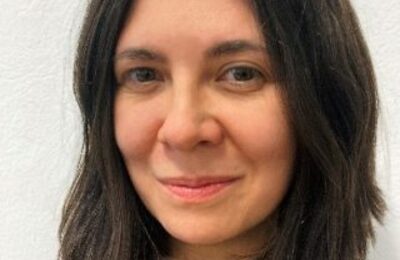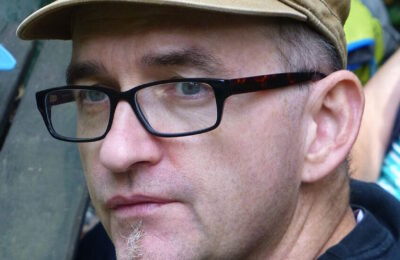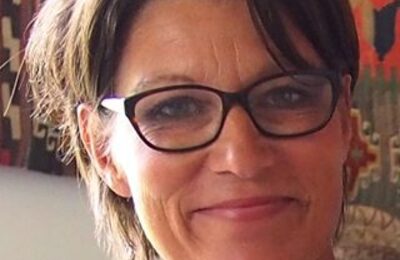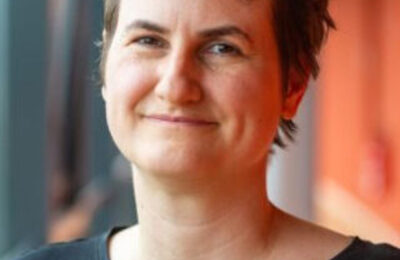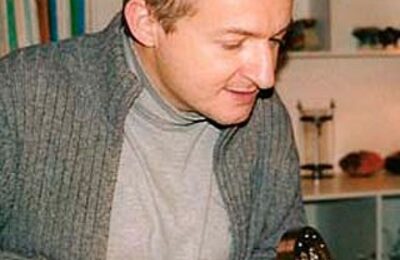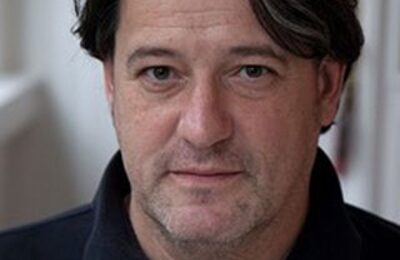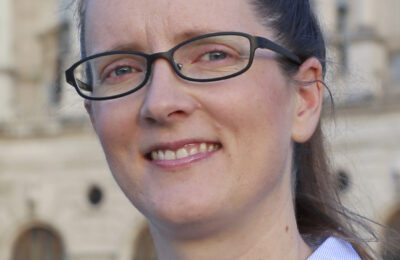Alexandra S. RODLER-RØRBO
I am an archaeological scientist at the Austrian Archaeological Institute of the Austrian Academy of Sciences with a PhD in Geosciences. My research focuses on the organization of ancient colorant networks in view of economic, political and technological changes, currently from late Bronze Age to late Antiquity in the Mediterranean, southwest Asia and Europe. This includes materials of various industries such as mineral pigments, glasses/glazes, metals, and earths, and includes geological fieldwork, experiments, and mineralogical/petrographic and geochemical analyses with a focus on mass spectrometry.
